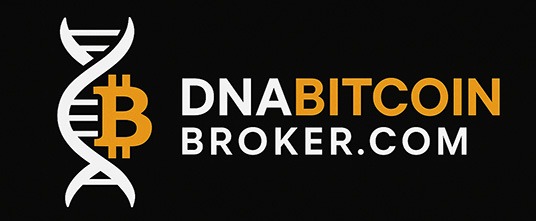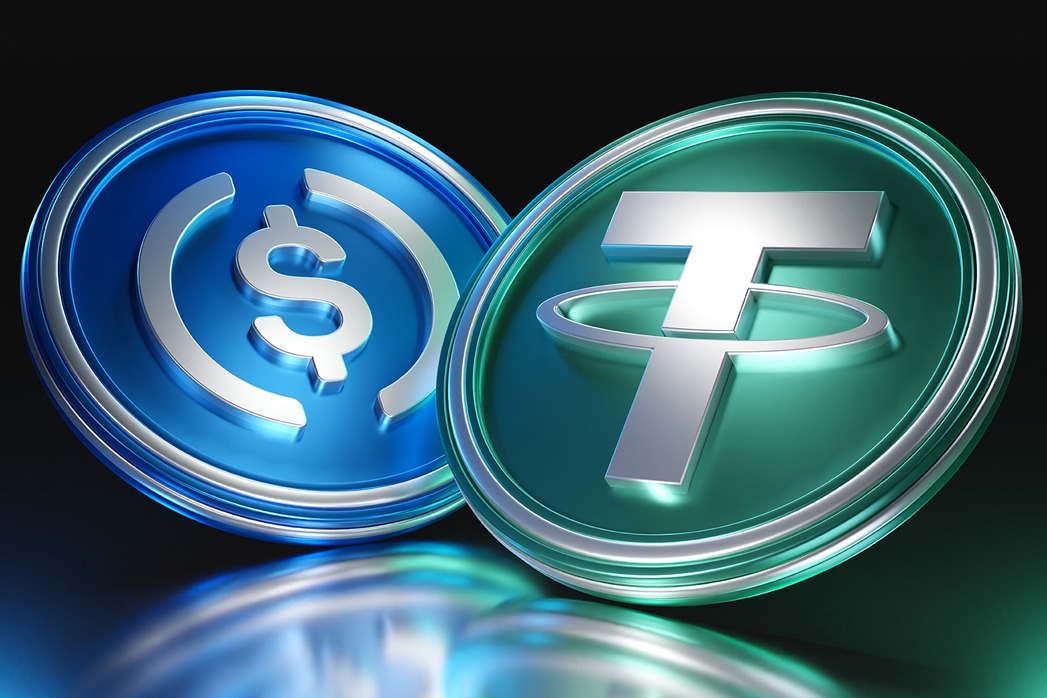The Uprising of Zcash: Privacy, Regulation, and the Next Wave of Digital Finance
“In a world obsessed with transparency, true freedom begins with privacy.” – DNA Bitcoin Broker Knowledge Base.
For years, Bitcoin defined the frontier of financial independence.
But in 2025, as regulation tightens and surveillance expands, a quiet movement is rising behind a new principle: financial privacy as a human right.
That movement is called Zcash.
Built on advanced cryptography and zero-knowledge proofs, Zcash is not just another cryptocurrency — it’s a statement of resistance and innovation, now finding fresh relevance in a world where digital identity, privacy, and sovereignty intersect.
Learn more: Bitcoin Market Dynamics
A Decade in the Shadows
Launched in 2016 as a fork of Bitcoin, Zcash (ZEC) was designed to solve Bitcoin’s biggest contradiction: its ledger is transparent, not private.
While Bitcoin records every transaction publicly, Zcash introduced zero-knowledge proofs (zk-SNARKs) — a breakthrough that allows transactions to be verified without revealing who sent or received funds.
For years, privacy coins like Zcash and Monero lived on the fringes of crypto, labelled as “dark” or “untraceable.”
But times have changed.
In an era of CBDCs, data leaks, and financial monitoring, privacy is no longer a niche — it’s a necessity.
2025: Privacy Comes Back into Focus
Over the last year, Zcash’s resurgence has mirrored a broader shift in sentiment across crypto and finance.
-
– Institutional attention: Zero-knowledge cryptography is now used by enterprises and blockchains (like Ethereum and Polygon) for compliance-grade privacy.
-
– Regulatory dialogue: Zcash has pivoted toward compliant privacy, engaging policymakers to demonstrate that privacy does not equal anonymity.
-
– Technological upgrade: The Halo 2 and Halo Arc upgrades removed trusted setups and enabled scalable, recursive proofs, paving the way for institutional-grade applications.
-
– Rising demand: With AI-era data harvesting and transaction tracking at record highs, investors are rediscovering privacy assets as portfolio hedges.
Zcash isn’t just surviving regulatory scrutiny — it’s reshaping the definition of ethical privacy in digital finance.
Explore: DeFi and MiCA Regulation
How Zcash Fits in the Regulated Era
The tension between privacy and compliance has defined Zcash’s evolution.
Under Europe’s MiCA regulation, privacy coins face challenges related to anti-money laundering (AML) disclosure requirements.
But instead of retreating, Zcash is pioneering selective disclosure — allowing verified entities to reveal transaction data when required, while keeping private users protected.
This approach aligns with the “regulated privacy” vision, gaining traction among financial institutions:
A balance between individual freedom and institutional accountability.
As governments worldwide test programmable CBDCs that track every transaction, Zcash offers a counterweight — programmable privacy for the digital age.
Learn more: Institutional Bitcoin Adoption
Technology that Redefines Trust
Zcash’s power lies in its mathematics.
Using zk-SNARKs, transactions are verified cryptographically without revealing inputs or outputs.
2025’s advances now include:
-
– Unified addresses for seamless interoperability between shielded and transparent accounts.
-
– Private smart contracts under development through Zcash’s new network upgrades.
-
– Layer-2 integration with Ethereum, allowing private cross-chain transactions for DeFi.
In an age when every transaction, message, and location is tracked, Zcash is restoring the balance between transparency and autonomy — trust through encryption, not exposure.
The Institutional Perspective
Privacy is often misunderstood as secrecy — but for institutions, it means data protection, competitive confidentiality, and regulatory resilience.
Banks, corporates, and Fintechs now explore ZK-based networks to secure payments, protect customer data, and comply with GDPR while maintaining cryptographic auditability.
Zcash’s research and technology have become foundational to enterprise-grade systems.
Its cryptography now underpins everything from private identity systems to tokenised asset protocols.
Zcash is no longer just a coin — it’s the proving ground for the next generation of secure, compliant digital systems.
DNA Crypto: Bridging Privacy and Regulation
At DNA Crypto, we recognise privacy not as opposition to regulation, but as its evolution.
We support institutions, family offices, and corporates exploring privacy-respecting digital assets under frameworks like MiCA and AMLD6.
Our approach combines regulatory integrity, technology literacy, and secure infrastructure.
Our services include:
-
– MiCA-aligned digital asset brokerage and custody
-
– OTC execution for privacy-enabled assets
-
– Advisory for regulated tokenisation and privacy integration
-
– Cross-chain settlement solutions with full audit transparency
We believe the next financial paradigm will be transparent enough for compliance and private sufficient for freedom.
The Bottom Line
Zcash began as an experiment in mathematical freedom.
Seventeen years after Bitcoin’s whitepaper, its mission feels more relevant than ever.
As the world races toward centralised digital currencies and AI-driven surveillance, Zcash stands as a reminder that privacy is not the absence of transparency — it’s the protection of choice.
And in the age of programmable money, that choice may be the ultimate form of wealth.
Disclaimer: This article is for informational purposes only and does not constitute legal, tax, or investment advice.


